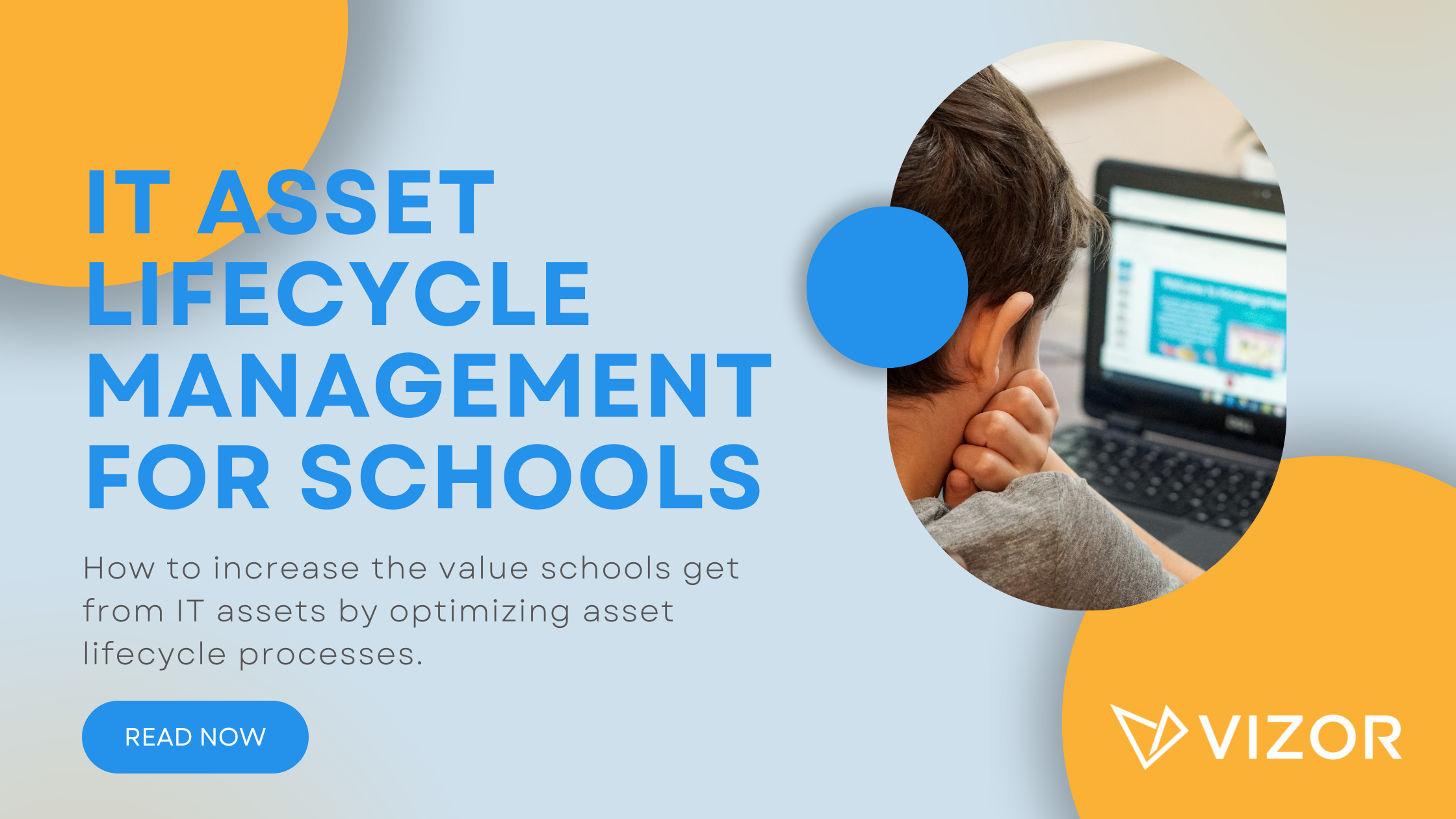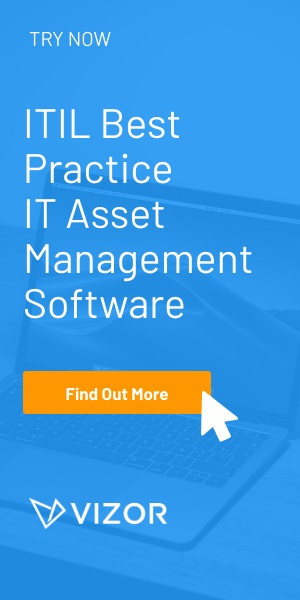What can SAM do for you?
Software Asset Management (SAM) is the process of keeping track of all software assets in an organization. This can include:
- Applications installed on employee computers
- Management of software licenses, SaaS subscriptions, and entitlements
- Documentation related to software purchases and contracts
Where does it begin?
After defining the SAM project scope and objectives, a typical Software Asset Management process begins with collecting data. The data required for SAM includes inventory lists of installed software, purchase information (invoices and license contracts), and entitlement data. Different departments may have this data in various systems, often a range of IT tools and spreadsheets. Software or Asset Managers must come up with a way to centralize this information for convenient access for reporting. Analyzing data from one central location is much simpler. This is because it’s important to extract information that can help optimize software assets, maintain compliance and reduce costs.
What is Software Asset Management Used For?
A company may have hundreds of software licenses to keep track of, making manual monitoring of this data impossible. What happens when one of those licenses needs a renewal? What if you need to cancel ten of those licenses because a project just ended?
A SAM solution takes care of the tedious, time-consuming tasks involved with managing software assets. It notifies appropriate staff when licenses need renewals, cancelled or updated. Additionally, companies can easily make software available to new and current employees or remove unnecessary software when an employee no longer requires it.
SAM helps organizations manage costs. Without SAM an organization may buy more licenses than necessary. A SAM tool allows managers to see unused licenses, which you can cancelled, saving on renewal and subscription costs. A SAM tool can also help organizations predict and plan for future software costs based on the organizations previous purchasing behavior.
SAM helps organizations understand their compliance position (more formally referred to as effective license position). Comparing previous purchases with the reality of what is installed and in use within the organization.
The benefits of a SAM Tool:
Save Time: A smart tool to merge all data related to software assets is much more efficient than manually combining data from many solutions
Compliance: A clear inventory of the software installed on the network combined with accurate licensing and buy data will reduce the chance of non-compliance.
License recycling: You can identify unused software so that the licenses can be re-harvested so you can use it elsewhere in the company.
Improved Processes: You can use the data to populate the configuration management database. This is necessary for organizations that want to provide users with software and services that they need, put in place automated processes and streamline IT processes.
Security: A SAM tool provides visibility of exactly what software is installed on the network. So you can identify unauthorized software and remove it, avoiding potential security risks.
In conclusion, the benefits of a SAM tool include reducing costs, compliance, streamlined IT processes and security. SAM tools provide clear reporting that detail your effective license position helping organizations to maintain compliance. Such tools also provide reminders when subscriptions or contracts are due for renewal, and allow detailed tracking of software costs with top quality reporting. These benefits serve to reduce the workload of employees that would otherwise have to manually enter information across many tools and analyze data.
Share with coworkers!
Need a IT Asset Management Tool?





